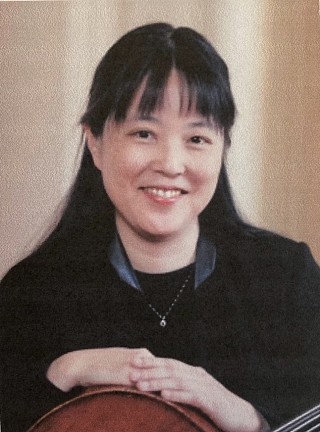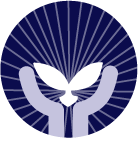Noriko Kataoka

Noriko Kataoka began playing the violin at age three and the cello at age four. She studied both instruments with Dr. Shinichi Suzuki in Matsumoto, Japan, but decided to focus solely on the cello upon entering college, receiving her bachelor’s and master’s degrees in cello performance from Northwestern University. Ms. Kataoka continued her studies at the University of Music and Performing Arts, Vienna and later became a member of the Graz Philharmonic. She has toured extensively in the U.S.A., Canada and Japan with the Talent Education Tour Group, the Innisfree Ensemble, and the Wertheimstein Trio Wien.
Other Places you have lived since Japan: U.S.A., Austria
Instruments studied while in Japan: violin, cello
Dates in Japan: September, 1988 to December, 1988; August, 1991 to December, 1993
Years and locations where you attended workshops with Dr. Suzuki or Mr. Nagase that were outside of Japan: International Suzuki Conference in Canada (c. 1984), Berlin (c. 1987)
Memories
I went to Matsumoto when I was fifteen to study with Dr. Suzuki. Both of my parents are Suzuki teachers, and it was my parents’ and my wish for me to study with Dr. Suzuki himself. Before leaving the U.S., I was nervous about being away from home and being on my own. But with the help and support of my grandparents in Japan, Ms. Ishii (I rented a room in her home, and she provided breakfast and dinner), and fellow kenkyusei, I have many fond memories of my time in Matsumoto.
My landlady, Ms. Ishii, had many short- and long-term foreign students staying in her home, and the house was quite full sometimes! It was fun to be able to interact with different people from all over the world, and for me, it was especially nice that I could speak English with my housemates.
Ms. Ishii had an upright piano in the hallway, and piano students would use it to practice. Only, in the winter they would have to take frequent breaks because their fingers would get cold in the near-freezing temperatures (there is usually no central heating in Japanese homes). It didn’t get terribly cold in Matsumoto, but practicing in 1-4 degrees Celsius is not the most fun thing to do.
On my way to lessons at the kaikan in the mornings, I had an easy downhill bike ride. But the uphill ride back home was always a bit of a challenge. In the winter, the Orion constellation shined directly in front of me and acted as my guide back home.
At group lesson, Dr. Suzuki worked, for example, on playing equally beautiful sound on all four strings with the opening phrase of Handel Chorus, on musicality by playing through Book 1 or Mozart Rondo with a recording etc. Dr. Suzuki worked on creating big, beautiful tone and emphasized that the bow should do the playing, not the player. The player only helps/supports the bow.
Dr. Suzuki also often mentioned that wherever you place the bow on the string, the balance of the bow should be: 50% of the weight above the point of contact and 50% of the weight below the point of contact. Even if the point of contact is 15 cm from the tip (e.g., not the middle of the bow), the balance still should be 50%/50% from the point of contact. He would say, without balance, we cannot walk properly.
After graduating from Matsumoto at the age of seventeen, I went on to study cello performance and received my Bachelors and Master of Music from Northwestern University in Chicago. My studies then took me to the University of Music and Performing Arts, Vienna, and I later got my current position as a cellist in the orchestra at the opera house in Graz (Oper Graz). Teaching has not, unfortunately, been a big part of my life.
I still vividly remember Dr. Suzuki often mentioning and demanding musical “delicacy (sensitivity)!” during my private lessons. He would get on my case about bringing out the melody in double stops, paying attention to phrasing, appreciating every note. I am deeply grateful that I had the opportunity to study with Dr. Suzuki, and what I learned about music, tone, and life in general will always remain an important part of me.
“Sound breathes life, without form it lives.” —Dr. Suzuki

